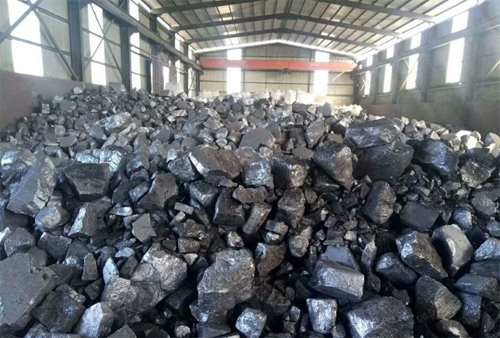
The art of steelmaking is a delicate balance between science and metallurgical craftsmanship. Among the myriad elements that contribute to steel's properties, calcium holds a special place. Calcium alloys, carefully composed mixtures of calcium and other elements, are a powerful tool in enhancing steel quality and performance. This article delves into the significance of calcium alloy composition in steelmaking, exploring the key elements, considerations, benefits, and challenges.
Calcium alloys find their prime application as deoxidizing agents in steelmaking. Oxygen, a common impurity in molten steel, can adversely affect mechanical properties and casting processes. Calcium's affinity for oxygen makes it an ideal candidate to react and form stable oxides that can be removed as slag. The choice of calcium alloy composition directly impacts the efficiency of this deoxidation process.
Key Elements in Calcium Alloys:
Calcium alloy compositions are tailored by combining calcium with specific elements to achieve desired metallurgical effects. Aluminum and silicon are commonly used alloying elements in calcium alloys. Aluminum enhances deoxidation efficiency and grain refinement, while silicon promotes deoxidation and desulfurization. The careful balance of these elements is crucial in creating effective calcium alloys.

The ratios at which calcium and other elements are combined determine the alloy's characteristics and performance. The alloying ratios are influenced by the desired steel properties, processing conditions, and the intended application of the steel. Metallurgists meticulously calculate these ratios to optimize the alloy's effectiveness in deoxidation, desulfurization, inclusion modification, and grain refinement.
Tailoring for Specific Steel Grades:
Different steel grades require varying calcium alloy compositions to achieve specific attributes. For instance, high-strength steels demand finer grain structures, necessitating higher calcium content. On the other hand, low-carbon steels might benefit from alloys with controlled aluminum and silicon levels for effective deoxidation and improved machinability. The ability to tailor compositions to meet these diverse demands underscores the versatility of calcium alloys.
Effective calcium alloy compositions offer an array of benefits. Improved deoxidation leads to cleaner steel with fewer impurities, enhancing mechanical properties and casting quality. Inclusion modification, grain refinement, and enhanced machinability are other advantages. However, challenges lie in achieving precise alloying ratios, maintaining consistent production practices, and minimizing unwanted side effects, such as excessive inclusions.
Innovations and Future Directions:
As steel industries evolve, so do the requirements for steel properties. The quest for higher performance, sustainability, and cost-effectiveness drives the exploration of innovative calcium alloy compositions. Researchers continue to investigate novel alloying elements and ratios that can push the boundaries of steel quality and performance, while also addressing environmental and economic concerns.
The art of steelmaking is continually shaped by the science of metallurgy, and calcium alloy compositions stand as a testament to this synergy. By crafting alloys with carefully balanced ratios of calcium, aluminum, silicon, and other elements, metallurgists optimize the efficiency of deoxidation, inclusion modification, and grain refinement. These alloys play a pivotal role in elevating steel quality, enhancing mechanical properties, and supporting various industries. As steel production advances, the evolution of calcium alloy compositions will remain a critical aspect of achieving excellence in the realm of metallurgy.

Write a Message